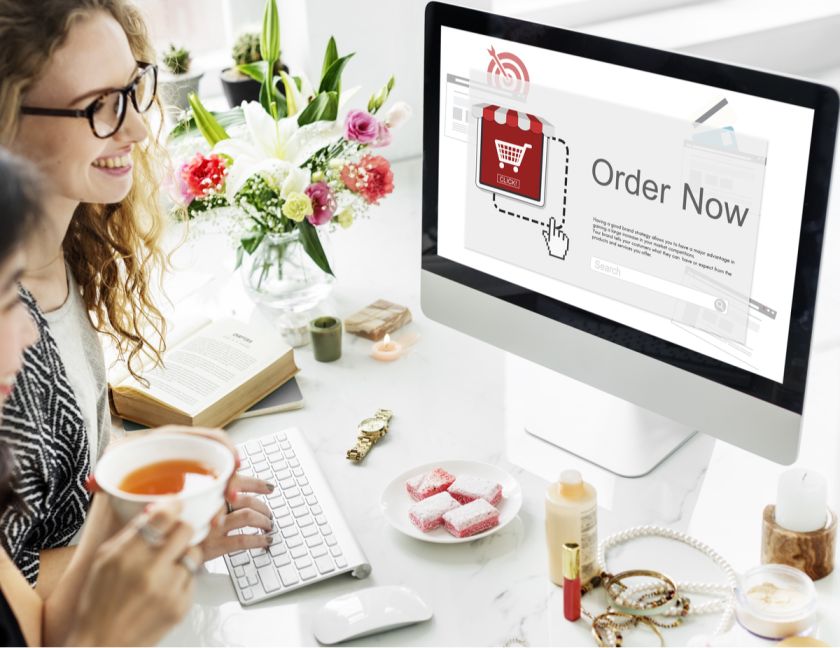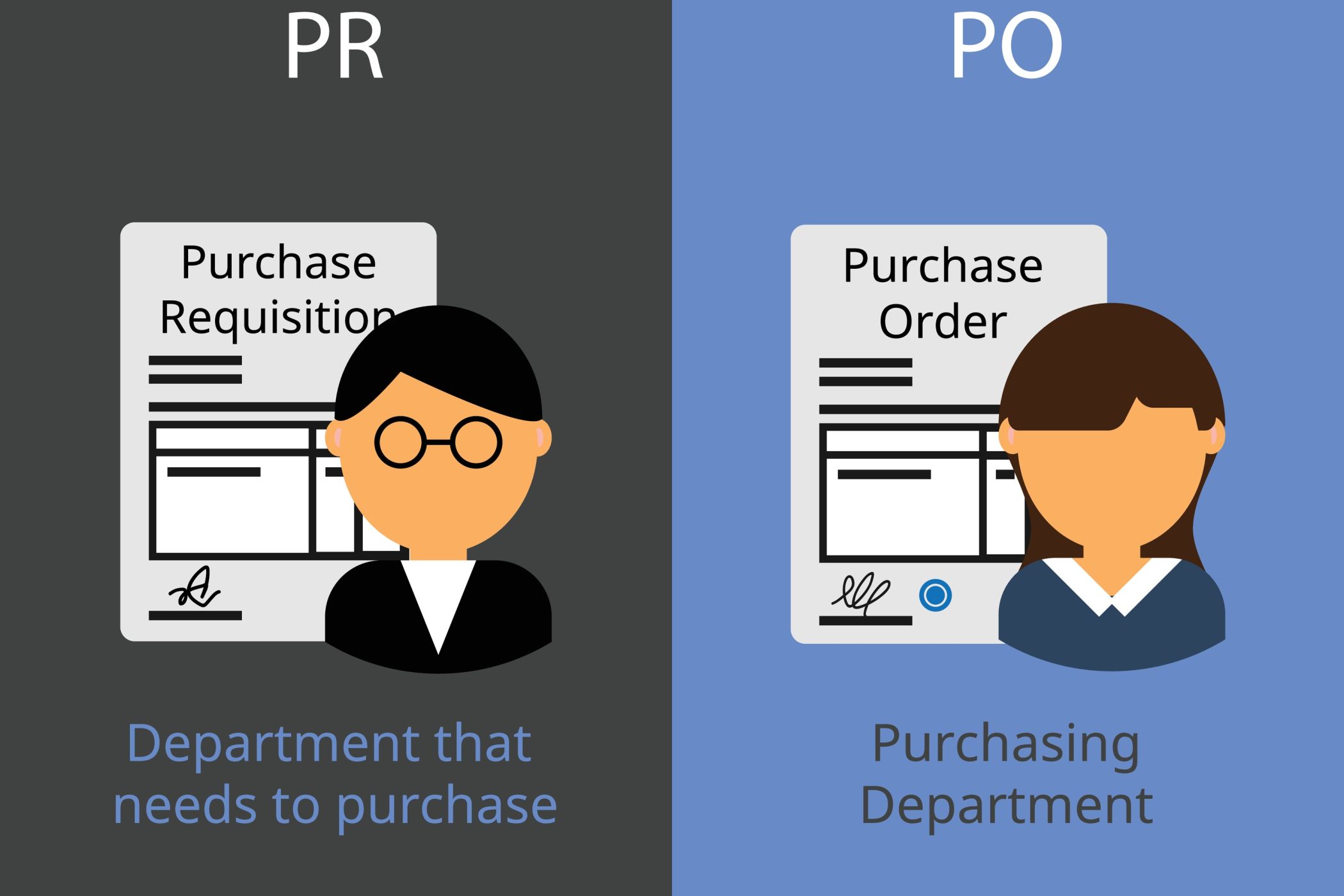Different Types of Purchase Orders Formats and How to Create Them



While running a business, there are a lot of things that need to be taken care of. But inventory management should always be given a priority.
In a smooth-running business, the timely inflow of raw materials is very important as any delay in procuring raw material can put a stop to the production process. Especially in a competitive field like the apparel industry, this may be quite devastating.
To overcome this, many businesses use streamlined methods to manage and order inventory when they are running low. This is where purchase orders come into the picture.
What are purchase orders?
Purchase orders are legally binding contracts between the buyer and the supplier, where the supplier has to deliver goods and services specified by the buyer in a time frame.
Purchase orders are essential to any business. They help build a relationship between the buyer and the supplier and also help both keep a record of the transactions between them for future references and audits.
Types of purchase orders-

All businesses are not the same. While all businesses use purchase orders to facilitate their purchase process, their needs may vary from time to time. To accommodate this, there are different types of purchase orders. Depending on the kind of information they contain, purchase orders are essentially divided into 5 types.
Let us know about the 4 types of purchase orders used and the differences between them-
1. Standard purchase order-
A standard purchase order format is what the name signifies. It is the most common purchase order used in businesses. They all contain all the necessary information required by the supplier to fulfil the order.
A standard purchase order contains the following information-
- Details of goods and services required by the buyer
- The quantity
- The accepted time frame for the delivery
- Price of the order.
Standard purchase orders are generally used to order items on an urgent requirement. They may help fulfill sudden demands due to an upsurge in the market or urgent requirements. They are used to order certain goods and services that may be needed by the buyer infrequently.
For example- An apparel manufacturing company requires some production machinery. The buyer places the order with its supplier. This may be a one-off purchase and an urgent requirement, making it a perfect nominee for a standard order.
2. Planned purchase order-
In a planned purchase order format, the buyer estimated the goods and services needed by the business in the near future. The buyer places an order in advance based on the current trends and tries to predict the requirement.
A planned purchase order contains the following information-
- Details of the goods and services
- Price of the order.
- Date of delivery ( which is usually tentative)
A planned purchase order contains a tentative date as the buyer is in no hurry to procure the shipment. However, the one thing that differentiates a planned purchase order and the standard purchase order is the quantity of the goods and services required. This is later specified by the buyer based on his estimation. When the buyer needs to buy a certain quantity, he issues a release against the planned purchase order, requiring the supplier to complete the quantity ordered on the date scheduled. This flexibility allows the buyer to take time to estimate the quantity of goods and services required, thereby avoiding ordering excess/ inadequate inventory.
For example- The same apparel manufacturer needs a certain type of fabric to be delivered at a tentative date mentioned in the planned purchase order. Once he estimates the quantity required, he issues a release against the same, and the supplier completes the order.
3. Blanket purchase order-
A blanket purchase order is a type of order used for recurring purchases. A buyer issues a blanket purchase order when he requires certain goods and services on a regular basis.
A blanket purchase order contains the following information-
- Details of the goods and services
- Price of the goods and services
The buyer then issues a release order, specifying the quantity and the date according to his business needs. The blanket purchase order format is perfect for a buyer who needs to place recurring orders with the same supplier. He doesn't have to specify the details of the goods required or hassle over the prices every time. One more advantage of placing a blanket order with the same supplier is the pricing. Because it is a recurring order, the supplier may offer discount pricing to the buyer. This may be beneficial to both parties as customer retention for the supplier may be much cheaper than acquiring a new one.
For example- The apparel manufacturer may require a certain type of fabric for the production process. A price for the same will be set by both parties. The manufacturer later issues a release order mentioning the quantity and the date of delivery, as per his requirements.
4. Contract purchase order-
This type of purchase order is more of a contract between the buyer and the supplier. In a contract purchase order, the buyer and the supplier enter into an agreement for a set duration, where the terms and conditions of the payment and delivery details are specified, leaving the rest of the details, like goods and services required, quantity, and pricing as variables.
A contract purchase order contains the following information-
- Name and addresses of the Buyer and the supplier
- Payment details.
- Duration of the contract.
A contract purchase order has to be followed up with a standard purchase order mentioning the details of the goods and services required, along with the pricing. A contract purchase order format allows the buyer to order a variety of goods and services from the same supplier. This also gives the supplier a guaranteed customer that will place recurring purchases orders with him till and duration of the contract.
For example- The apparel manufacturer may enter into a contract with a supplier. He may then plan to order different goods and services and their qualities, as and when required by him, by issuing a standard purchase order.
Based on the business requirements, a buyer can choose a purchase order from the above types.
Purchase order formats-

As mentioned earlier, purchase orders are very important documents in a business. These are treated as formal communication between the two parties involved. Hence, there are certain rules to be followed when creating a purchase order.
A typical purchase order format should contain the following details-
-The type of purchase order
- Names, addresses, and contact details of the buyer and the supplier
- Date of the contract
- Purchase order number
- Specifications of the goods and services
- Their quantities
- Pricing
- Payment details
- Shipping details
- Other terms and conditions as applicable.
While these details are necessary in every purchase order, the formats vary from medium to medium. Purchase orders are either created digitally using special software or the traditional pen and paper method.
How to create purchase orders?
Most businesses nowadays prefer placing purchase orders digitally as they are easy to create and track. Digital purchase orders also have a less turnaround time compared to standard pen and paper purchase orders.
There are many software available online to create purchase orders. However, the most common ways of creating purchase orders are on Microsoft word and tally.
Steps to create a purchase order on Microsoft word-
- Open a new Microsoft word document by selecting the option " New from template."
- Choose the one that fits your business best and select "Download."
- You will not be able to see the grids until you adjust them accordingly. Just select the table tools option. A design tab will open up. Select the " View gridlines" option from there.
- Fill in all the necessary details in the grids, such as your company name, address, and other details with the help of the grid lines.
- You can adjust the images using the placeholders at the image corners
- Save this copy as your template and use it to raise purchase orders.
If you want to create a purchase order similarly on excel, follow the steps mentioned below-
- Open a new excel sheet.
- Click on the option "New" and "Purchase orders" from the list if you have already downloaded the template.
- Here too, you will see many templates. Choose one according to your needs, click "create" and fill in all the details as you would do in a word document mentioned above.
- Save it as your template and use it as required.
Steps to create a purchase order in tally-
Creating a purchase order in tally is easy. Follow the steps below-
- Open the purchase order voucher option.
From the main page select
Gateway of tally> vouchers> f 10 ( other vouchers) > select purchase order> select yes to proceed and fill in all the details.
Advantages of having an online purchase order system
- An online PO system helps you track your purchases and inventory easily.
- It helps keep documents for the audit process.
- Having an online PO system helps track any irregularities in the process.
- A smooth payment system helps have a good relationship with the suppliers, thereby ensuring better pricing and priority service.
- Just one look at the online PO will help graph purchase trends and predict future inventory as well.
- A PO system connected to a budget will help keep spending under control and in turn optimize the currently available resources.
- It increases the efficiency of the workers if all the information they need is right at their fingertips.
- Switching from paper to digital greatly reduces the error margin.
How can Fashinza help you escalate your business?
The best way to escalate your business is to tie up with B2B platforms like Fashinza.
We at Fashiza help businesses reach their potential by creating end-to-end business solutions. Right from manufacturing to quality checks, we will take care of all your business needs. Just connect with us to know how we can help your business grow by leaps and bounds.



















